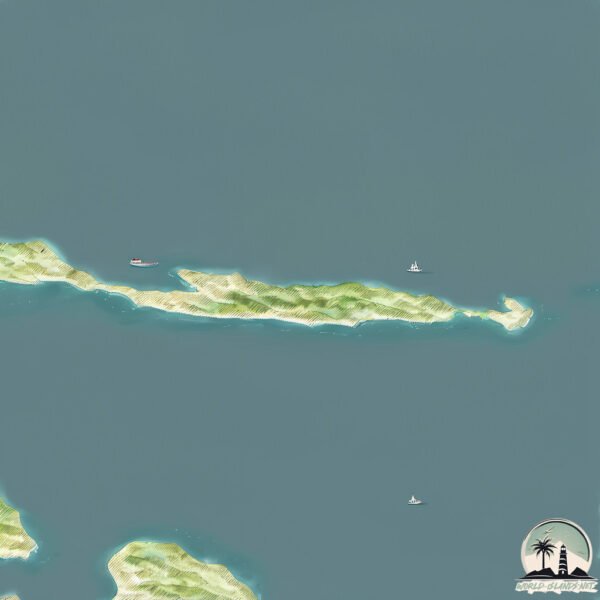Welcome to Camping , a Polar island in the The Northwestern Passages, part of the majestic Arctic Ocean. This guide offers a comprehensive overview of what makes Camping unique – from its geography and climate to its population, infrastructure, and beyond. Dive into the details:
Geography and size of Camping
Size: 20.7 km²Coastline: 41 kmOcean: Arctic OceanSea: The Northwestern PassagesContinent: North America
Camping is a Medium Island spanning 21 km² with a coastline of 41 km.
Archipel: –
Tectonic Plate: North America – Covers North America and parts of the Atlantic and Arctic Oceans, characterized by diverse geological features and varying levels of seismic activity.
The geographic heart of the island is pinpointed at these coordinates:
Climate and weather of Camping
Climate Zone: PolarClimate Details: TundraTemperature: Cold
Climate Characteristics: The tundra climate features long, extremely cold winters and short, cool summers. Vegetation is limited to mosses, lichens, and small shrubs due to the low temperatures and short growing seasons. Biodiversity is low, but some specialized species thrive.
Topography and nature of Camping
Timezone: UTC-07:00Timezone places: America/DenverMax. Elevation: -15 m Mean Elevation: -18 mVegetation: Herbaceous CoverTree Coverage: 18%
The mean elevation is -18 m. Remarkably, this unique island barely emerges above the sea level, showcasing nature’s fascinating interplay with the ocean. The island is characterized by Plains: Flat, low-lying lands characterized by a maximum elevation of up to 200 meters. On islands, plains are typically coastal lowlands or central flat areas.
Dominating Vegetation: Herbaceous Cover
Vegetation: 3 vegetation zones – Moderately Diverse Island
Infrastructure and Travelling to Camping
Does the island have a public airport? no .
Does the island have a major port? no .
The mean population of Camping is 0 per km². Camping is Uninhabited. The island belongs to Canada .
Continuing your journey, Lambert is the next notable island, situated merely km away.
3 DAYS solo survival (NO FOOD, NO WATER, NO SHELTER) on an island with only a POCKET KNIFE
3 DAYS solo survival (NO FOOD, NO WATER, NO SHELTER) on an island with only a POCKET KNIFE.. GET THE MERCH HERE!
3 DAYS solo survival (NO FOOD, NO WATER, NO SHELTER) on an island with only a POCKET KNIFE
3 DAYS solo survival (NO FOOD, NO WATER, NO SHELTER) on an island with ...
3 DAYS solo survival (NO FOOD, NO WATER, NO SHELTER) on an island with only a POCKET KNIFE.. GET THE MERCH HERE!
Solo Boat Camping on an Uninhabitable Island - Slept in My Boat!
I took my boat to a secluded island and setup camp for the night. I ...
I took my boat to a secluded island and setup camp for the night. I intended to hammock camp, but my plans were changed after I ...
Back To Basics, ALONE Camping A Uninhabited Island
Getting back to an island where the channel all began and remembering ...
Getting back to an island where the channel all began and remembering to enjoy everything that's on offer at my own pace.
Canada is classified as Developed region: G7: Group of Seven – Major advanced economies, including Canada, France, Germany, Italy, Japan, the United Kingdom, and the United States. The level of income is High income: OECD.
News – Latest Updates and Headlines from Camping
Stay informed with the most recent news and important headlines from Camping. Here’s a roundup of the latest developments.
Loading...
Please note: The data used here has been primarily extracted from satellite readings. Deviations from exact values may occur, particularly regarding the height of elevations and population density. Land area and coastline measurements refer to average values at mean high tide.

